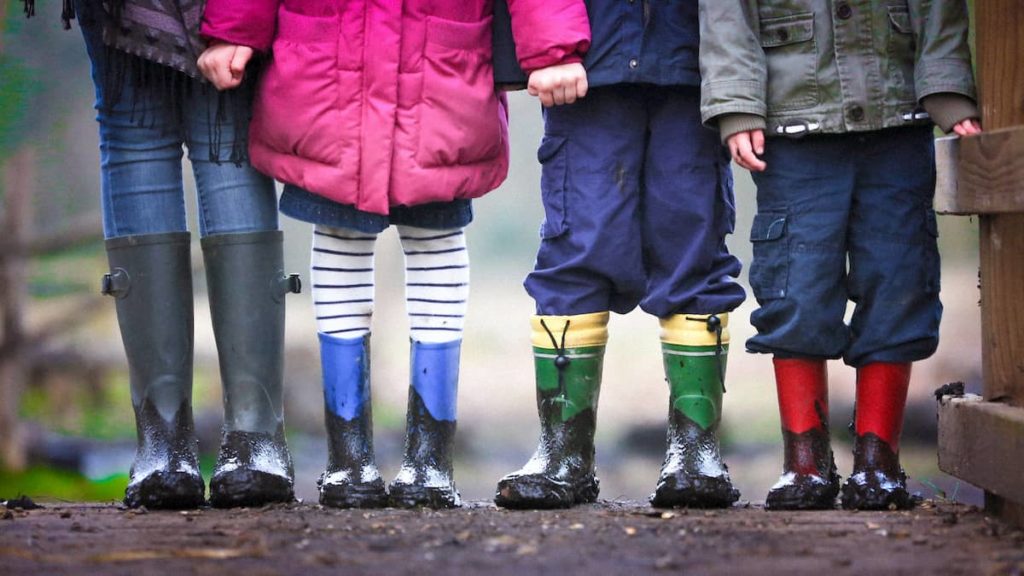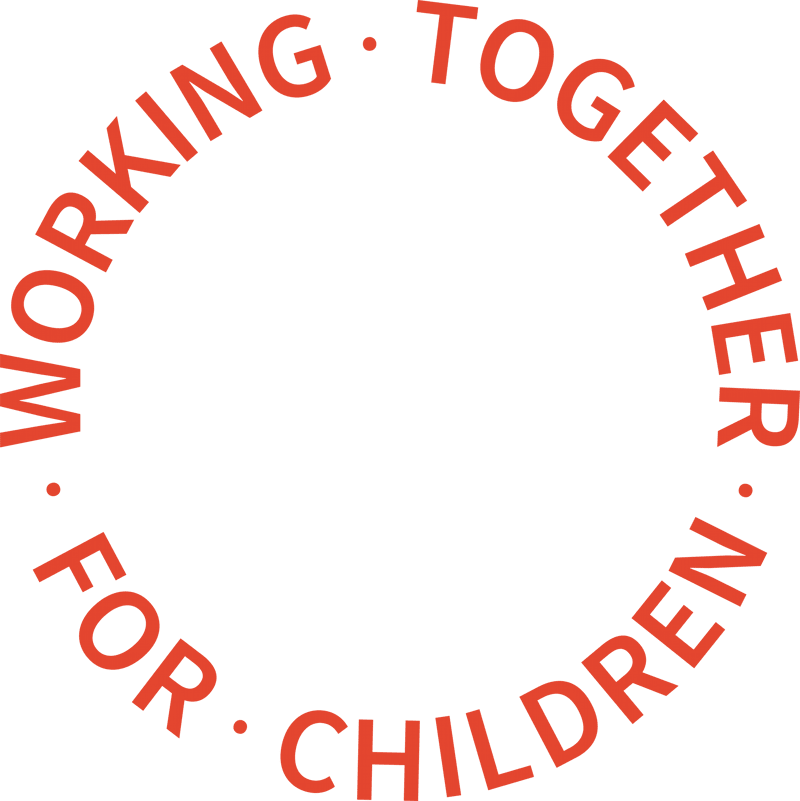Residential care is an option as a placement for children in care. A child who has been in the care of their local authority for more than 24 hours is known as a looked after child or a child in care.
There are various options why a child is taken into care. The child’s parents may agree with the decision as they are too unwell to look after their child or if their child has a disability and needs respite care. When asylum seeking children arrive in the UK, they have no responsible adult to care for them and are therefore taken into the care of the local authority.
However, children's services may have intervened because they felt the child was at significant risk of harm. If this is the case the child is usually the subject of a court-made legal order.
Children in care may live in one of a number of options:
- Foster care living with foster parents
- Living in a residential children's home or
- Living in residential settings like schools or secure units.
Furthermore, a child may be placed with a family member or close family friend when parents are unable to care for their children for a variety of options under a kinship care arrangement or a Special Guardianship Order.
In March 2021, there were 80,080 looked after children - up 2% on last year.
According to the Department for Education, the majority of the 80,080 children in care are placed in a foster placement, where an approved carer looks after the child - 72%.
Foster placements can be with a relative or friend, or another carer. The proportion of looked after children in foster placements with a relative or friend increased very slightly up to 14%, from 13% in each of the last two years. The proportion of children in foster placements with another carer (not a relative or friend) has decreased to 57%, down from 58% last year and 60% in 2018.
The remaining CLA were placed:
- In secure units, children's homes or semi-independent living accommodation (for example hostels, lodgings or flats where staff are employed to provide support and advice) - 13% - same as last year
- With parents - 7% - same as last year
- In the community, living independently, or in residential employment -3% - down from 4% last year
- For adoption - 3% - same as last year
- In other residential settings (including care homes, schools or custody) - 2% - same as last year.
Sixty eight per cent of looked after children had one placement in the year but 11% had three or more placements.

Children’s homes
Children and young people may be placed in a residential children’s home for a variety of reasons.
- It may be a planned short-term therapeutic placement with the aim that the child will subsequently return home or move to a different placement, such as foster care.
- Residential care may be a more suitable placement than foster care if a child has complex needs, including emotional and behavioural difficulties, which require support from a larger staff team or more specialist skills.
- In some cases children may prefer to live in a residential unit rather than in a family environment.
- Sometimes children can be placed in residential care once other placement options, such as foster care, have been unsuccessful (only around a quarter have a children’s home as their first placement).
- Children living in residential care are more likely than other looked after children to have poor mental health (nearly three quarters according to one study). This indicates that the majority of children living in residential care in England are likely to have some therapeutic needs.
WillisPalmer’s services in residential children’s homes
WillisPalmer, the largest UK provider of independent multi-disciplinary services for children and families, has a number of services we can offer for children in residential children’s homes.
This includes therapeutic intervention with children and young people in residential homes, a pre-Ofsted report or assistance with setting up a new residential home. We have a network of expert, highly experienced and skilled independent social workers, psychologists, psychiatrists and family support workers available nationwide to support vulnerable children and young people.
To discuss your requirements, call 01206 878178 or email enquiry@willispalmer.com

Secure children’s home
Secure children’s homes are not the same as residential children’s homes. Secure accommodation is a form of residential care that restricts the freedom of children under the age of 18. It is for the small number of children who may be a significant risk to themselves, or others in the community.
In England and Wales at March 2021:
- Children accommodated in secure children's homes decreased by 23% (42 fewer children) to 142.
- Approved places that were occupied - 56% - down from 72%.
- 55 children were placed by the Youth Custody Service (YCS), down from 80.
Unregulated accommodation
There has been controversy surrounding the use of unregulated accommodation for children in care. Some establishments which provide accommodation to looked after children do not meet the criteria of a children's home and are therefore not required to register with Ofsted.
Campaigners, including the former children’s commissioner for England Anne Longfield, have called for all children in care who need a residential placement housed in accommodation regulated under the same standards as children’s homes. This would mean banning local authorities placing under-18s in care in unregulated accommodation including bedsits, hostels and caravans.
In February, the government announced that it is to legislate to enact a ban on the placement of children in care under the age of 16 in unregulated provision.
However, children’s rights charity Article 39 highlighted that government data shows that there are around 1,000 children aged 15 and younger who will benefit from the changes and will therefore not be placed in unregulated accommodation. Yet at any one time there are around 6,000 children aged 16 and 17-year-old living in unregulated accommodation whilst in the care of local authorities.
Article 39 director Carolyne Willow said : “Children are being shunted into unregulated accommodation, the majority of which is run for profit, as a default option because of the national shortage of caring homes. It’s the government’s job to sort this for children, by properly resourcing local authorities and having a national strategy, but instead ministers have made the smallest change possible. If left unchecked, this change to the law gives the green light to local authorities to discriminate against 16 and 17 year-olds in their care. It’s the first time government has tried to put into law age-based placement decision-making for children in care. It defies everything we know about the needs of children and takes us back decades.”
Article 39 has applied to the High Court for a judicial review of secondary legislation supporting children aged under 16 but failing to protect those aged 16 and over.

Review of residential care for children
In October 2015, then prime minister David Cameron commissioned former Barnardo’s chief executive Sir Martin Narey to review children’s residential care.
His conclusion in his report published in July 2016 was clear that residential care was ‘misunderstood’, saying: “I think the role of children’s homes is misunderstood, the challenge of the children they care for underestimated, and the contribution they make too easily dismissed.”
While the dramatic shift from the use of residential care towards fostering should be welcomed and there may be scope for moving some children, who have previously not succeeded in fostering, from residential care and into a different sort of foster care.
But there is a very real and unmet demand for the greater use of children’s homes as part of an initial assessment for older children when first coming into care, and for those on the edge of care, Narey said.
“So I see very little scope for reducing our reliance on children’s homes and I am quite clear that to do so would not be in the interests of children,” he added.
Regulation 44 - Legislation
The Children’s Homes (England) Regulations 2015 stipulates that the registered provider must have quality assurance arrangements in place. The registered manager at the children's home must ensure that an independent person visits the home at least once each month. When the independent person is carrying out a visit, the registered manager must help the independent person carrying out the visit to:
a) interview in private the children, their parents, relatives and persons working at the home, if they consent to being interviewed
b) inspect the premises of the home and the home’s records (except for a child’s case records, unless the child and the child’s placing authority consent)
The visit by the independent person to the home may be unannounced. Following the visit, the independent person must produce a report about the visit, setting out their opinion as to whether children are effectively safeguarded and the conduct of the home promotes children’s well-being.
The report may recommend actions that the registered person may take in relation to the home and timescales within which the registered person must consider whether or not to take those actions.
If the independent person becomes aware of a potential conflict of interest (whether under regulation 43(3) or otherwise) after a visit to the home, the independent person must include in the report details of the conflict of interest and the reasons why the independent person did not notify the registered provider of the conflict of interest before the visit.
The independent person must provide a copy of the independent person’s report to:
- (a)Her Majesty's Chief Inspector of Ofsted (HMCI)
- (b) the local authority for the area in which the home is located, upon request
- (c) the placing authorities of children
- (d) the registered provider and, if applicable, the registered manager; and
- (e) the responsible individual (if one is nominated).
The Children's Homes (England) Regulations 2015 states that: "The registered Person should actively seek independent scrutiny of the home and make best use of information from independent and internal monitoring to ensure continuous improvement."
What this means
In essence, the legislation states that residential children's homes need to ensure that an independent person is visiting and inspecting their premises monthly to ensure that children and young people are safeguarded and their well-being is promoted.
Inspections - which can be announced or unannounced - are carried out monthly and the report following the visit is submitted to Ofsted which reviews the content of Regulation 44 reports to inform the next inspection and uses the information to decide if any action should be taken.
Failure to submit any Regulation 44 report will be noted in the lines of enquiry for the next inspection. Findings in this area may impact on the judgement for Leadership and Management.
What does an 'independent person' mean?
While the regulations do not stipulate the exact requirements of the independent visitor - it states that the person should be independent of the residential children's home and therefore should be undertaken by a person not involved in the day-to-day operation of the home.
While guidance and regulations do not dictate the exact requirements in terms of training and experience of people undertaking the role of Regulation 44 Visitor, it is widely expected that the visitor will have already undertaken a similar role either in a local authority or as part of an independent children’s home network.
The visitor should have an extensive knowledge of children’s home legislation, national minimum standards as well as the guidance and regulations to formulate their opinion and recommendations in the report. Experience of working in a quality assurance and/or management function in relation to children’s residential services is also key.
An independent visitor should have extensive skills in auditing and inspection, good communication and analysis skills and the ability to relate to children and young people. Excellent written skills are also beneficial for the compilation of the report following the visit. Regulation 44 Visitors will also make recommendations on how to improve practice for children and young people.
What happens during the Regulation 44 visit?
Prior to carrying out the visit, the independent visitor should read the previous Regulation 44 reports noting who was spoken to and recommendations made. The independent visitor should also read the recommendations of the Ofsted inspection reports.
Visits, which can be announced or unannounced, will take place monthly and the timing of the visits should vary. During an announced visit, the independent visitor should speak to young people, parents, staff and the registered manager - a minimum of one parent should be spoken to during the visit - whereas an unannounced visit should aim to spot check the running of the residential children's home.
One of the benefits of arranging a planned visit is to give young people the opportunity to decide if they wish to meet with the independent person. Children with disabilities should be supported to communicate with the independent person should they wish to do so. These visits also provide an opportunity for parents to decide if they wish to talk to the independent person about their child`s support arrangements. Staff can also speak to the independent person about supervision arrangements, how the home is run and whether they need access to a counsellor or support service.
During the visit, the independent visitor should formulate an opinion on the standard of care provided. The visitor should inspect the physical condition of the home checking the standard of the decor and furnishings, communal areas and personal space available to children and young people. The kitchen should be clean and safe and bathrooms should be well maintained with everything in good working order with locks available to ensure privacy. Individuals should be supported to make their rooms homely with posters/photographs and their belongings while the garden or outside area should be safe and well maintained. The home should be accessible to children and young people with disabilities.
Records such as logs on daily routines, sanctions and restraint should be viewed by the independent visitor. This should help create a picture of how the home is being run and whether the children are safe. Issues to take into consideration include:
- Sanctions imposed and whether they are appropriate to the recorded incident
- Physical intervention
- Fights/incidents between residents
- Physical/mental health of children and young people
- Incidents of self-harm
- Incidents of children missing from care without authority/information from return home interviews
- Ensuring that young people who are placed away from home have the opportunity to maintain relationships with parents, friends and relatives
- Substance misuse issues
- Police attendance at the residential children's home
- Involvement with gangs
In terms of children running away from care, independent visitors should check if there are patterns and try and ascertain whether the child is at risk of exploitation and whether measures are in place to support the young person.
The home should also ensure that a young person's religious, cultural and dietary requirements are respected.
The independent person may want to ensure health and dental checks of the young people are up to date and that healthy eating and exercise is promoted and that there is support in place to meet their emotional needs. Furthermore, the independent person may want to ensure that the young people are being encouraged and supported to engage in regular education, training or employment.
Finally, the independent person may wish to ascertain what practical measures are in place to support young people about to transition from care and whether they are appropriately supported for this change.
Following the visit, the independent person will need to formulate a report and state whether children are being kept safe and their well-being is being promoted and file this with the appropriate authorities.



